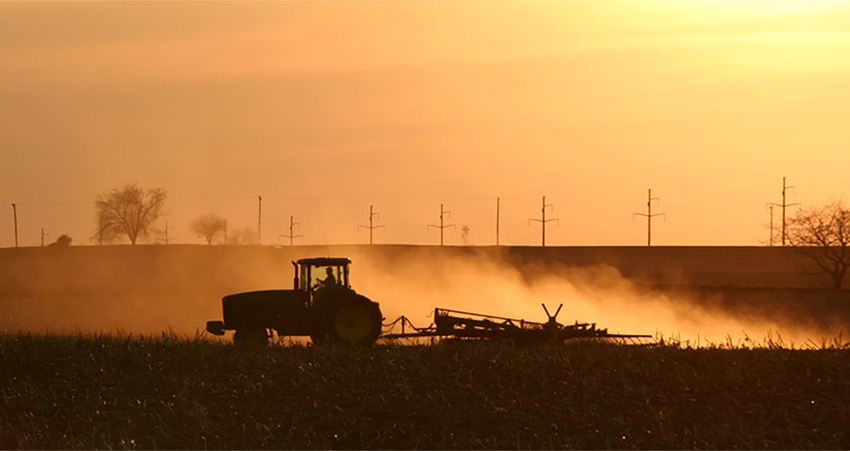September 15, 2022

Each year, more people die while farming than while serving as police officers, firefighters or other emergency responders.
The U.S. Bureau of Labor Statistics reports a rate of 23 work-related deaths per 100,000 workers in the agricultural industry. That is seven times higher than the national average for workers.
Fall harvest – the most dangerous season for those in the nation’s most dangerous profession – is fast approaching, says Karen Funkenbusch, health and safety specialist for University of Missouri Extension.
National Farm Safety and Health Week, Sept. 18-24, is observed by the National Education Center for Agricultural Safety to remind the agricultural community and public of ways to safeguard families and farms.
“Protecting Agriculture’s Future” is this year’s theme, and it brings attention to tractor season on Missouri roadways, says Funkenbusch.
Leading cause
Tractor rollovers are the leading cause of fatalities in the agriculture industry, accounting for more than half of all farm-related deaths. According to the Bureau of Labor Statistics, 44 Missouri farmers died in tractor rollover accidents from 2011 to 2018.
The odds of a farmer having a rollover accident are high, says Funkenbusch. One in 10 tractor operators overturns a tractor in his or her lifetime.
While most tractor rollover accidents happen on the farm, roadways pose a major safety hazard as farmers move equipment from field to field during planting, haying and harvest. Many of these accidents occur when a vehicle attempts to pass or fails to reduce speed for slow-moving farm equipment. Accidents also occur when tractors pull or run off the road and lose traction and stability on uneven surfaces.
Rollover protection
Funkenbusch says many rollover fatalities could be prevented if the tractor had a rollover protection (ROP) device and the operator wore a seat belt.
The Centers for Disease Control and Prevention estimates the probability of death is 40% for a rollover in a tractor without an ROP device, compared to less than 2% for a ROP-protected tractor, says Funkenbusch.
Rollover protection devices have been mandated on new tractors since 1985. But many older tractors are still in use today and lack protection, Funkenbusch says.
Tractors, particularly older models, have a high center of gravity, which makes them unstable, says Funkenbusch. When a tractor without an ROP device turns over, the driver may be thrown from the tractor or crushed beneath it.
ROPs are built of high-grade steel and engineered to provide the operator with a zone of protection. ROPS limit most rolls to a 90-degree side flop.
A national project offers financial rebates to farmers who install ROPs. In Missouri, more than 70 farmers have signed up since 2016, but the national waiting list is long, and only one Missouri farmer has received assistance so far.
Several states have successfully implemented state rebate programs and seen a decrease in the number of fatalities from tractor rollovers.
The National ROPS rebate program website estimates the cost of retrofitting a tractor with a roll bar at $1,200. See ropsr4u.org/donate.php.
Source: University of Missouri Extension, which is solely responsible for the information provided and is wholly owned by the source. Informa Business Media and all its subsidiaries are not responsible for any of the content contained in this information asset.
You May Also Like




